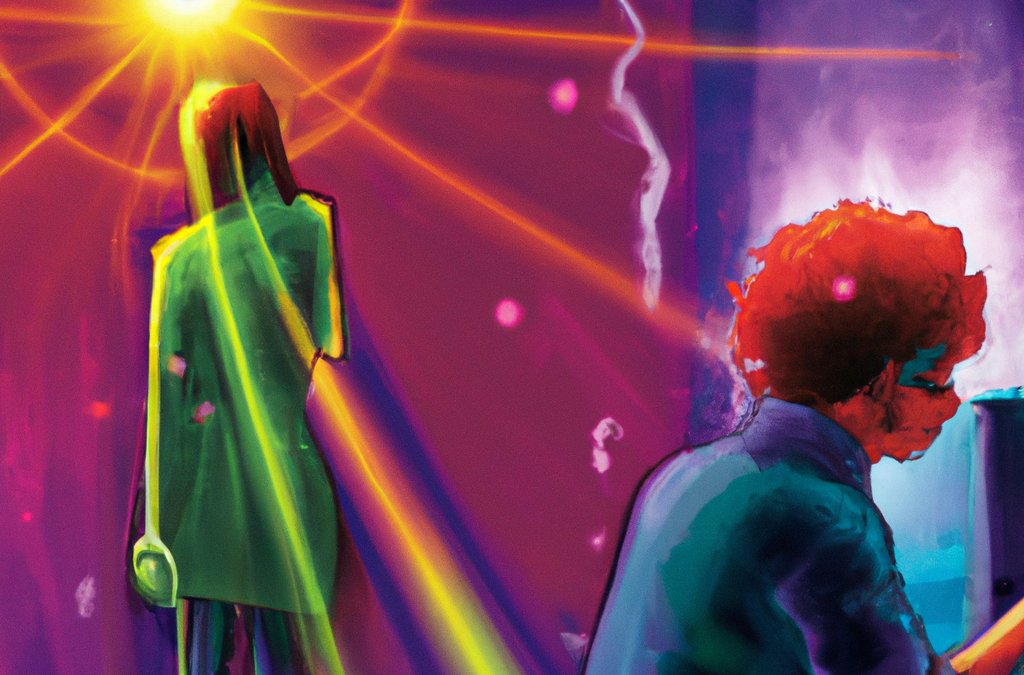Overview
Our group, the multimode quantum optics group of Laboratoire Kastler Brossel, pioneered many aspects of continuous variable (CV) approach to quantum optics. Our main objects of interest are the quadratures of the electric field, which are typically measured through homodyne detection. Our activities span both spatial and spectral modes, which we manipulate to develop tools for quantum computation, communication, and metrology.
Our general objective is the creation of multimode squeezed states of optical pulses, either by a synchronously pumped optical parametric oscillator (SPOPO) [1], or through nonlinear waveguides. As such, our sources can create big entangled Gaussian states, which can be probed in arbitrary modes by shaping the local oscillator of the homodyne detector. In recent years, we have gradually explored mode-selective photon subtraction and addition, which allows us to generate multimode non-Gaussian states of light in a highly versatile way [2].
Apart from our experimental focus, the group also has purely theoretical activities where the framework of CV quantum optics is further developed. In particular for non-Gaussian quantum states, there are still many fundamental questions that remain unanswered [3]. The interplay between theoretical work and experiments is a key element of our group.
Project
It is yet unclear exactly which types of quantum states should be created in experiments to drive quantum technologies. For quantum computation, one of the necessary resources is Wigner negativity [4]. In recent years, this motivated our group to produce a series of works on the measurement-based creation of Wigner-negative states [5, 6, 7, 8]. However, there are a multitude of other important properties that a quantum state can have, such as a high stellar rank [9], non-linear squeezing [10], and non-Gaussian entanglement [9].
The aim of the post-doc project is to design new protocols to generate quantum states with non-Gaussian entanglement. The primary approach will be focused on measurement-based protocols: assuming Alice, Bob, and Charlie share a quantum state, under which conditions can a measurement on Charlie’s subsystem create non-Gaussian entanglement between Alice and Bob? This question can be approached from a very fundamental point of view (e.g. what correlations are required between the three parties to achieve non-Gaussian entanglement), but also from a pragmatic point of view (e.g. how can we make sure that the procedure has a high success probability). As a secondary approach, you are encouraged to explore other techniques for engineering non-Gaussian quantum states of light, such as through light-atom interaction.
Environment
As a whole, the group has a tradition of working together with a diverse range of people from varied backgrounds. This diversity often leads to fruitful scientific input from different points of view, and it allows the group to explore new avenues. This has, for example, led to a growing activity in theoretical work over the past few years. The strength of our group is the constructive interplay between all these different points of view. Furthermore, the moderate size of our group gives PhD students and postdocs the opportunity to discuss with PIs on a daily basis. This gives rise to a dynamical atmosphere with a lot of space for discussion.
In your day to day activities, you will participate in the supervision of PhD students who work on theoretical topics and interact with the experimentalists in the group. Your work fits in the ANR project “NORDIC” and the group is part of several other large research projects (e.g. PEPR OQULUS, EIC Pathfinder VeriQub, etc.) which provide support to enlarge your scientific network and establish new international collaborations.
Practical information
- Application process: Apply via the CNRS portal
- Application deadline: Preferentially apply before 10 July 2023.
- Starting date: flexible
- Duration : 18 months
- Salary: Monthly net salary between 2100€ and 2800€, depending on experience
References
[1] J. Roslund, R. M. De Araujo, S. Jiang, and C. Fabre, Nature Photonics 8, 109 (2014).
[2] Y.-S. Ra, A. Dufour, M. Walschaers, C. Jacquard, T. Michel, C. Fabre, and N. Treps, Nature Physics 16, 144–147 (2020).
[3] M. Walschaers, PRX Quantum 2, 030204 (2021).
[4] A. Mari and J. Eisert, Phys. Rev. Lett. 109, 230503 (2012).
[5] M. Walschaers and N. Treps, Phys. Rev. Lett. 124, 150501 (2020).
[6] M. Walschaers, V. Parigi, and N. Treps, PRX Quantum 1, 020305 (2020).
[7] Y. Xiang, S. Liu, J. Guo, Q. Gong, N. Treps, Q. He, and M. Walschaers, npj Quantum Inf 8, 21 (2022).
[8] M. Walschaers, Quantum 7, 1038 (2023).
[9] U. Chabaud and M. Walschaers, Phys. Rev. Lett. 130, 090602 (2023).
[10] V. Kala, R. Filip, P. Marek, Optics Express 30, 31456 (2022).


Recent Comments